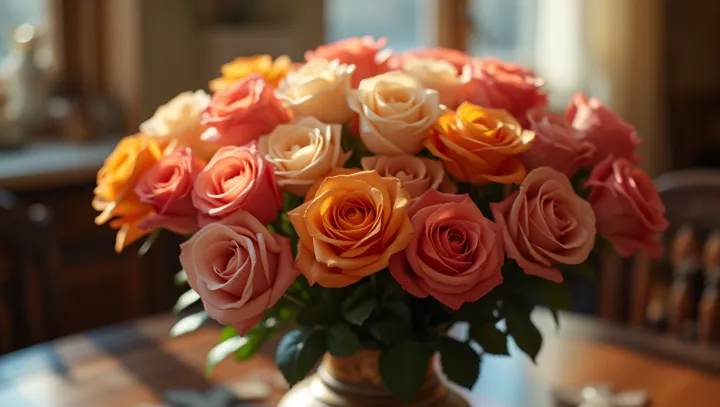Unveiling the Secret Behind Rose Colors

In London, horticulturists and cultural historians have come together to discuss the profound meanings embedded in the colors of roses. Particularly, as societies evolve, the various shades have taken on diverse significances, affecting communication across cultures. Traditionally, red roses signify love and passion, widely accepted in Western cultures as tokens of affection.
However, their meaning extends further in global contexts. For instance, in some Asian traditions, red roses embody prosperity and joy, used frequently in celebratory events. On the other end of the spectrum, white roses represent purity and reverence, often associated with weddings and funerals due to their versatile symbolism.
Pink roses, associated with grace and gratitude, play a role in expressing admiration and joy. Meanwhile, yellow roses convey friendship and joy but may also serve as a cautionary tale of jealousy or infidelity in some regions. These subtle nuances underline the cultural depth tied to rose colors, illustrating the importance of understanding their meanings in different societal contexts.
Dr. Emily Carter, a cultural anthropologist, states, 'The color of roses surpasses mere aesthetic appeal. It's a complex language of its own woven into social fabrics, influencing emotions and messages conveyed through floral gifts.' As globalization heightens interaction between diverse cultures, understanding these hidden meanings has become crucial in fostering intercultural communication.
